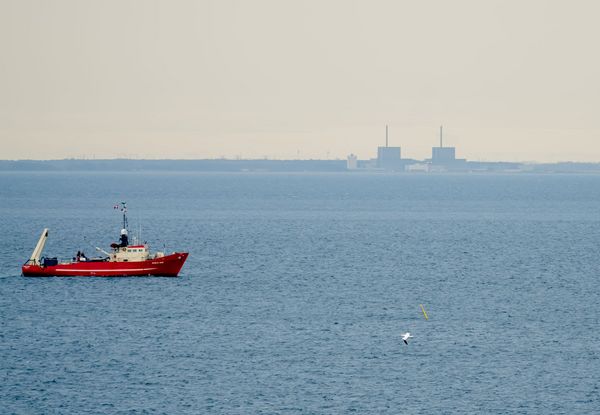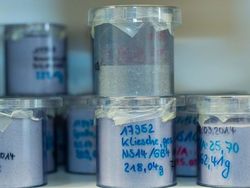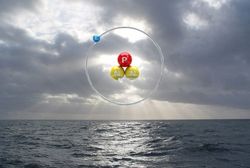Radioactive substances can be released into the ocean in various ways. The concentration of these substances in seawater and marine organisms is regularly monitored.
Radioactive substances are characterised by a spontaneously emision of ionising radiation from their nucleus.tThereby, they transform into another chemical element (in the case of alpha and beta emitters) or change their energy state (in the case of gamma emitters). Radionuclides occur naturally on Earth, e.g. potassium-40 or carbon-14, and are used in technical applications. However, use in nuclear reactors or explosions of nuclear weapons produce radioactive substances that already disappeared from the Earth due to their relatively short half-life. Every nuclear power plant releases small amounts of such radioactive substances into the environment during routine operation; such discharges are intensively reviewed and only approved if no environmental impact is expected. In contrast, in a super-GAU, as happened at the Chernobyl nuclear powerplant in 1986 or the Fukushima Daiichi nuclear powerplant in 2011, large quantities of radioactive substances can be released within a short period of time and cause contamination of large areas.
Ionising radiation can affect living organisms, for example by damaging the genetic material DNA, which can lead to cancer or other - in the case of severe radiation exposure even fatal - diseases. Although organisms have developed cellular repair mechanisms during theirevolution that enable them to buffer the harmful effects of radiation to a certain extent, these natural systems are overstrained in the case of high exposure.
The Chernobyl nuclear disaster released several trillions of becquerels (1 becquerel is equivalent to one decay of a radioisotope, e.g. iodine-131, per second) into the atmosphere. The radioactive substances transported with wind and contaminated large parts of Central Europe, Baltic Sea and North the Sea via fallout. However, radioactivity in the ocean also has sources, for example: the fallout from nuclear weapons tests in the 1950s and 1960s or discharges from the nuclear reprocessing plants Sellafield (England) or La Hague (France).
The EURATOM treaties of 1957 established a network of facilities to monitor radioactive substances in various environmental media throughout Europe; this was also the case in Germany. As a result of the Chernobyl accident, federal coordination offices for large-scale monitoring of environmental radioactivity were established in the Federal Republic of Germany and their role was layed down in the federal radiation protection act. One of these coordination offices is located at the Thünen Institute of Fisheries Ecology. One of ist tasks is the frequent monitoring radioactive substances levels in marine organisms such as fish, shrimp and marine aquatic plants in the North Sea and the Baltic Sea. Other coordination offices record radioactive substances in other environmental compartments such as air, soil or seawater, in order to create a comprehensive picture of the situation.









